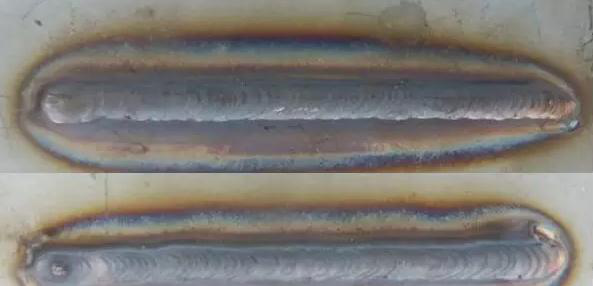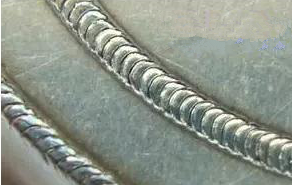Application of Laser Welding Technology in Hardware Industry
Kettle welding from the traditional welding to today's laser welding, careful friends will find that the current electric manufacturing process, especially the surface smoothness, welding transition interface than the previous use of the electric kettle more smooth, and sometimes sometimes wrong It is impossible to achieve the integration of the shape, from the production point of view, the integration of a material is a waste of material, is not advocated, even now so that some 3D blue laser pointer printing, It will not let the electric shell integrated molding, so laser welding parts of the electric heating the best processing equipment.
Ordinary stainless steel kettle consists of five parts: spout, pot lid, pot handle, pot body, pot bottom, as shown. Before we see the bright water bottle, it has more than a dozen production processes, from a piece of ordinary stainless steel plate after processing cut, and then trimmed into the required shape, and then welding polishing, to the last Cleaning packaging.
The traditional kettle welding, most of the two ways, one is argon arc welding, one is resistance welding (touch welding). General spout and pot handle are used resistance welding, pot bottom and pot body, pot lid with argon arc welding, 10000mw laser welding out before, it is almost all of the welding process, in the absence of a good fixture before, welding technology Personnel became the industry sought-after labor, welding out of the finished product is good and bad, depends on the welding master technical level to distinguish. The level of production capacity is also inseparable from the craft staff When a company often rely on artificial production, destined to be eliminated, can not keep up with the pace of the market.
Ordinary daily stainless steel kettle material thickness of not more than 2mm, commonly used because of cost reasons, the general will use 0.8-1.5mm material, some stretched position, will lead to thinner. The advantages of argon arc welding is because the heat affected area is large, the workpiece after welding often cause deformation, hardness reduction, trachoma, local annealing, cracking, pinholes, wear, scratches, undercuts, or the combination of force and internal stress Damage and so on. But also because the welding heat is too large, the human body will be damaged. Although argon protection during welding to prevent oxidation of the welding position, but the welding heat is not control, the spot is too large, and lead to deformation of the pot itself, for the subsequent polishing process to bring more difficulties, resulting in non-performing rate also increase.
With the emergence of green laser light welding machine, the advantages of laser welding for thinner materials become increasingly prominent, both in the welding heat control and spot control can be done with the demand set. The following is about stainless steel pot if the use of fiber laser welding machine to come in automated welding.
Fiber laser welding machine is the use of energy fiber, the laser generated by solid-state laser, through the laser coupling technology to the fiber, and then the fiber in the laser through the output mirror to the workpiece surface, to achieve the purpose of welding. The use of optical fiber transmission laser, you can use the flexibility of the fiber, so that the green astronomy laser can be arbitrary angle of the workpiece processing, to achieve a multi-dimensional flexible processing. Fiber laser on the laser energy also have a homogeneous effect, the laser spot energy can be modeled output, and the laser for homogenization, so that the laser beam quality is better to improve the quality of welding. The use of energy feedback power output energy laser can do the same spot.
Because the red laser pointer welding heat affected area is small, for thin material (0.1-2.0mm) welding will not be deformed, uniform spot welding, reduce the polishing process, can greatly reduce the product defect rate. Optical fiber soft connection with four-axis, six-axis manipulator and kettle tooling fixture, more automated to complete the welding process. And can increase the visual system to automatically capture the weld, so that welding is more intelligent, no longer rely on manual welding technology.


